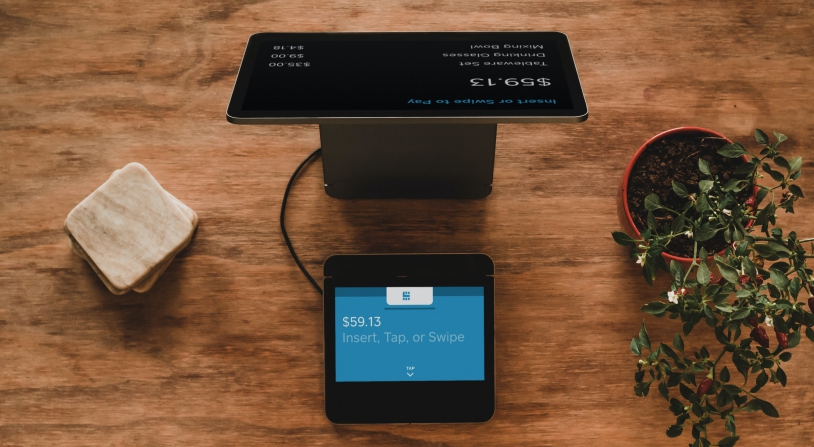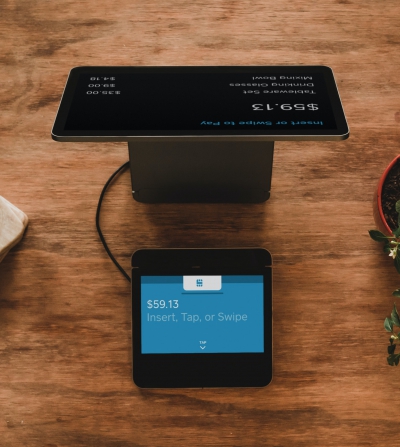Digital PR
The Role of Gamification in Digital Health Engagement
Health apps sit on millions of phones, downloaded with good intentions but rarely opened after the first week. The problem isn’t a lack of information—patients know they should track their medications, monitor their blood pressure, or complete their physical therapy exercises. The problem is that traditional digital health tools treat behavior change as a simple information transfer, when in reality, sustained engagement requires tapping into deeper psychological drivers. Gamification offers a solution by transforming routine health tasks into experiences that trigger intrinsic motivation, provide immediate feedback, and create social accountability. The data backs this up: patients using gamified health apps show 15-20% improvement in health-related outcomes compared to standard methods, with retention rates up to 50% higher than non-gamified alternatives.
Most health apps approach patient engagement with the assumption that awareness equals action. They provide reminders, display statistics, and offer educational content—all valuable components, but insufficient for driving long-term behavior change. The reality is that human motivation operates on multiple levels, requiring both immediate gratification and long-term meaning. A medication reminder notification might work for a few days, but without reinforcement mechanisms, it becomes background noise.
Health apps sit on millions of phones, downloaded with good intentions but...
AdTech and Gaming PR Strategies: Reaching Digital Audiences in 2025
Gaming has become the world’s most profitable entertainment sector, with over 3.2 billion players globally spending $217.9 billion in 2023. This massive audience presents unique opportunities for brands to connect through targeted advertising and strategic partnerships. PR professionals working in gaming and AdTech face distinct challenges in reaching these audiences authentically, as traditional marketing approaches often fall flat with gaming communities. The intersection of AdTech and gaming demands sophisticated PR strategies that respect player experiences while delivering measurable results for brands.
In-game advertising succeeds when it adds value to the player experience rather than interrupting it. Brands like BMW and Louis Vuitton have mastered this approach by creating limited-edition character skins and virtual items that players actively seek out. These integrations feel natural within the game world and create positive brand associations.
Gaming has become the world's most profitable entertainment sector, with over...
The Impact of Digital PR on Fintech Growth
Digital public relations has become a defining force in fintech success, with data showing that strategic PR campaigns can increase brand visibility by up to 68% and directly influence customer acquisition rates. Financial technology companies now allocate significant portions of their marketing budgets to digital PR initiatives, recognizing that targeted media coverage and influencer partnerships drive both immediate engagement and long-term credibility. Recent studies from KPMG indicate that fintech firms implementing comprehensive digital PR strategies see up to 3x higher customer retention rates compared to those relying solely on traditional marketing channels.
Selecting the right influencers marks the difference between mediocre and exceptional fintech PR campaigns. Data shows that creator-driven PR campaigns achieve a 68% brand recall rate, while PR-influenced user-generated content generates 50% higher engagement than company-produced materials. The key lies in partnering with influencers who understand both technical and strategic aspects of financial innovation.
Digital public relations has become a defining force in fintech success, with...
Promoting Family Activities at Ski Resorts
Promoting family activities at ski resorts requires a strategic public relations approach that puts safety, accessibility, and fun at the forefront of all communications. PR professionals and resort marketers face unique challenges in attracting families to winter sports destinations while addressing common parental concerns about skill levels, safety measures, and entertainment options for all ages. According to the National Ski Areas Association (NSAA), family groups make up approximately 46% of all ski resort visitors, making them a vital market segment for sustained business growth. A well-executed PR strategy focusing on family-friendly amenities, beginner programs, and multi-generational activities can significantly boost resort bookings and create lasting relationships with family guests.
The presentation of beginner slopes and family terrain sets the foundation for successful family-focused PR campaigns. Research from the NSAA shows that 85% of first-time skiers who receive proper instruction on appropriate terrain return for a second visit. This statistic underscores the importance of effectively communicating terrain accessibility to potential family visitors.
Promoting family activities at ski resorts requires a strategic public...
Event Marketing Trends for Health Tech Conferences in 2025
The health technology conference landscape has shifted dramatically, with AI-driven medicine and digital health taking center stage in 2025. Marketing professionals face new challenges as attendance patterns evolve – teams are smaller, executives make brief appearances, and virtual components remain essential. Data from recent industry surveys shows that 73% of healthcare professionals now prefer targeted, focused events over large-scale conventions. This shift demands a fresh approach to event marketing, combining strategic digital outreach with personalized engagement opportunities.
Success in attracting top industry attendees requires precise targeting and messaging. Recent data from IPG Health demonstrates that AI-powered content creation tools increase engagement rates by 45% when used for pre-event marketing campaigns. Small, well-staffed exhibition spaces generate more meaningful connections than traditional mega-booths.
The health technology conference landscape has shifted dramatically, with...
A Guide to Google Analytics: Setup, Goals, and Analysis
Google Analytics stands as one of the most powerful tools for understanding website performance and user behavior. This comprehensive analytics platform provides detailed insights into how visitors interact with your website, what content resonates with them, and which marketing channels drive the most valuable traffic. Since its transition to Google Analytics 4 (GA4), the platform offers even more sophisticated tracking capabilities and machine learning-powered insights. Whether you’re a business owner, marketer, or analyst, mastering Google Analytics allows you to make data-driven decisions that improve your online presence and drive better results.
Setting up Google Analytics properly forms the foundation for accurate data collection and analysis. The process begins with creating a Google Analytics account and configuring your first property. To start, visit the Google Analytics website and sign in with your Google account. If you don’t have one, you’ll need to create it first.
Google Analytics stands as one of the most powerful tools for understanding...
The Role of Storytelling in Digital Marketing
Stories shape how we understand and connect with the world around us, making them a powerful tool for digital marketers seeking to build meaningful relationships with their audiences. Digital storytelling merges traditional narrative techniques with modern technology and data to create compelling brand experiences that resonate on an emotional level. Research shows that stories are 22 times more memorable than facts alone, making storytelling an essential component of successful digital marketing strategies.
When brands tell stories, they tap into fundamental human psychology. Stories activate multiple areas of the brain, including those responsible for emotions, sensory processing, and memory formation. A study by Harvard Business School found that emotional connections with a brand are twice as valuable as rational perceptions of brand attributes.
Stories shape how we understand and connect with the world around us, making...
PR Strategies That Drive Success for New Lifestyle Summits
Media attention makes or breaks lifestyle summits in today’s competitive events landscape. When done right, strategic public relations multiplies attendance, builds credibility, and positions your summit as a must-attend gathering in the lifestyle space. The most successful summits combine traditional PR tactics with digital strategies and growth marketing techniques to create sustained buzz. Getting PR right from the start sets the foundation for long-term success – but it requires careful planning, authentic storytelling, and consistent execution across channels.
Starting PR efforts 6-12 months before your summit gives you runway to build relationships with media and create anticipation. Map out key messaging, identify target outlets, and develop a content calendar that builds momentum over time. Research shows events that begin PR efforts early see 40% higher media coverage compared to those that wait until a few months out.
Media attention makes or breaks lifestyle summits in today's competitive...










